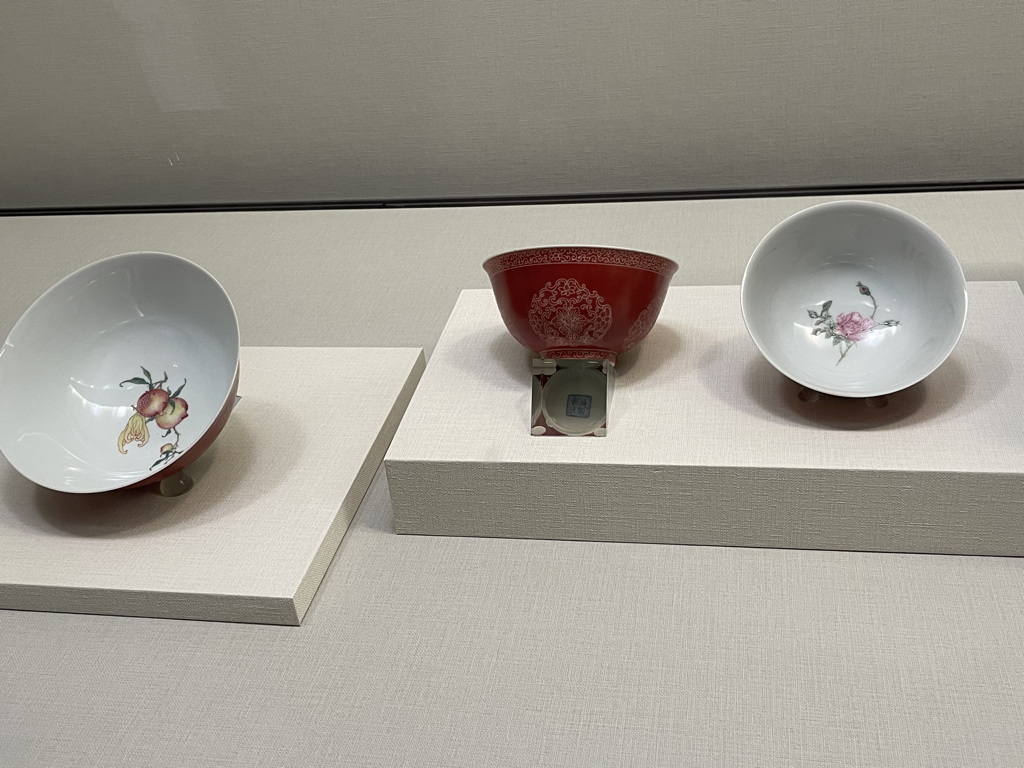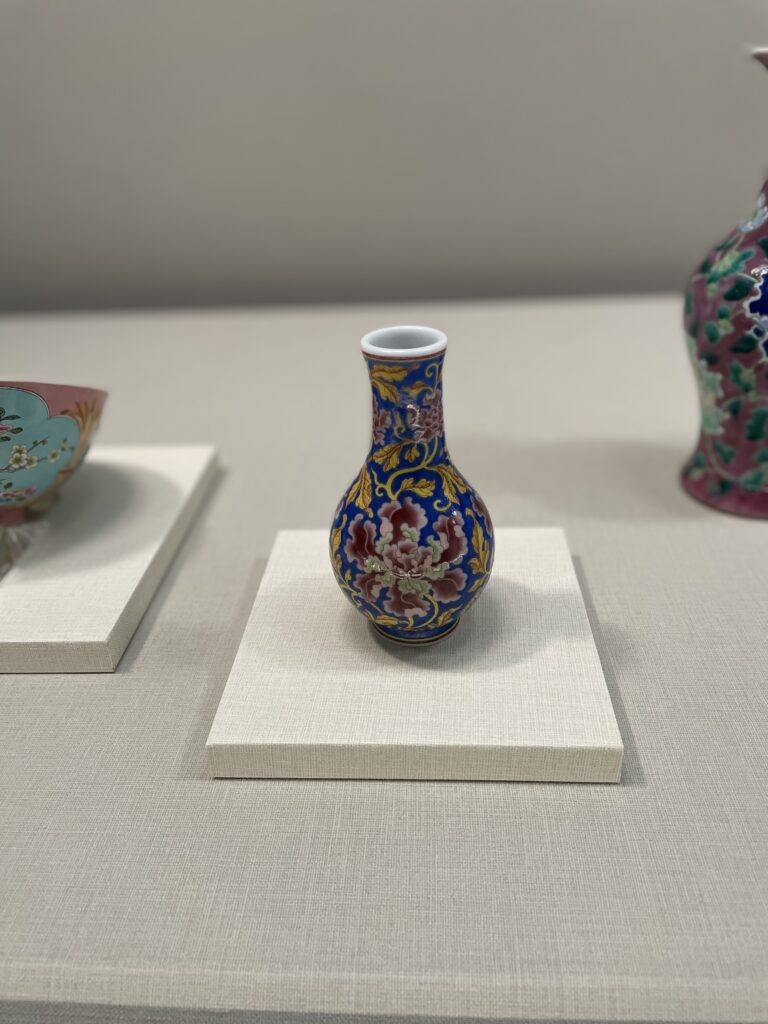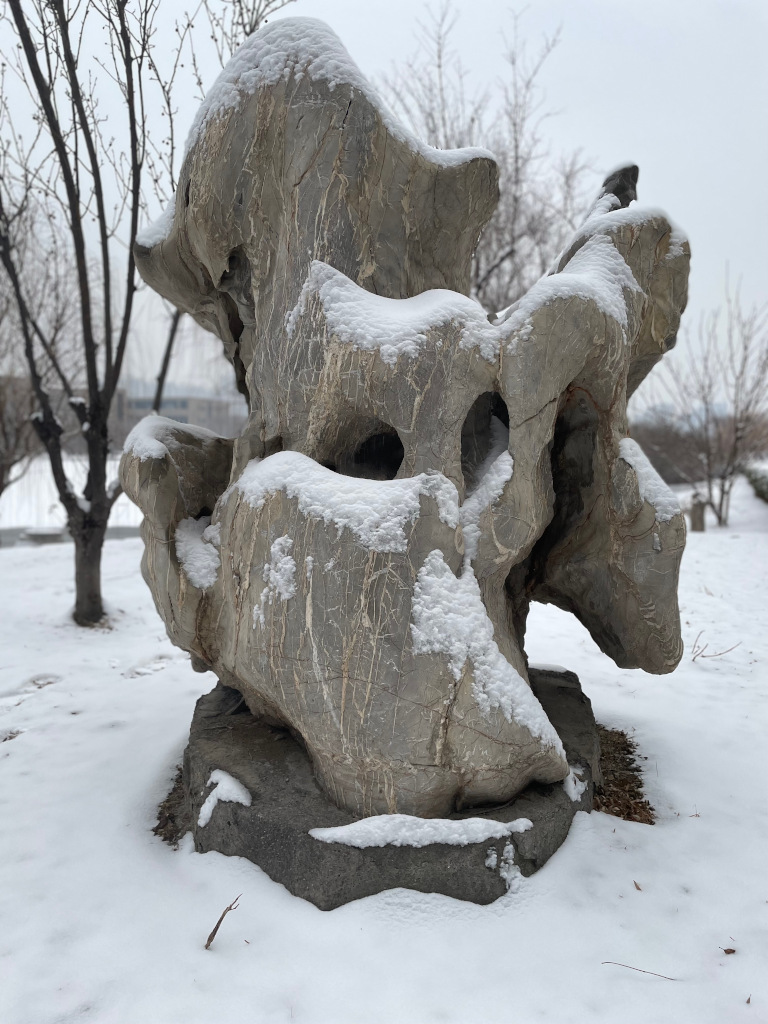山海关 or the Shan Hai Pass is one of the most important and the most easterly of the passes through the Ming Great Wall.

It is built as a square, with a perimeter of around four kilometres (2.5 mi). The walls reach a height of 14 metres (46 feet), and are seven metres (23 feet) thick – see bottom picture. The east, south and north sides are surrounded by a deep, wide moat with drawbridges over it. In the middle of the pass stands a tall bell tower.


The location where the wall meets the Bohai Sea is nicknamed the “Old Dragon’s Head” (老龙头). The pass lies nearly 300 kilometres (190 mi) east of Beijing and if I could be bothered there’s a picture in this blog of that as well, guess you’ll just have to find it yourself.










